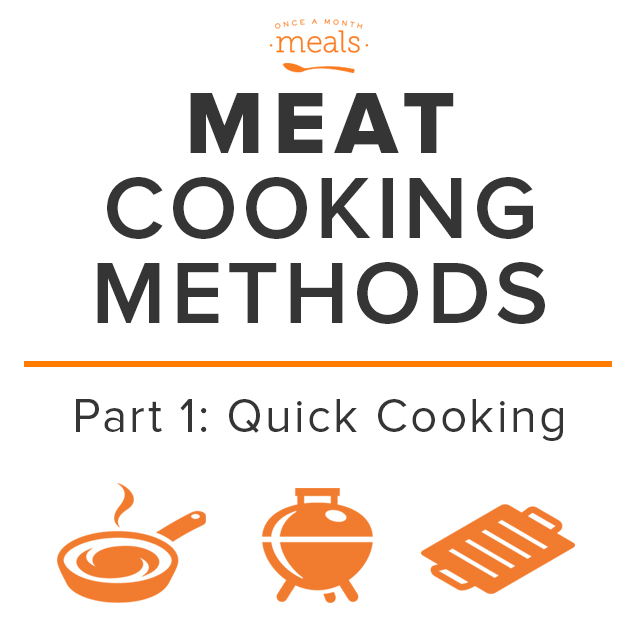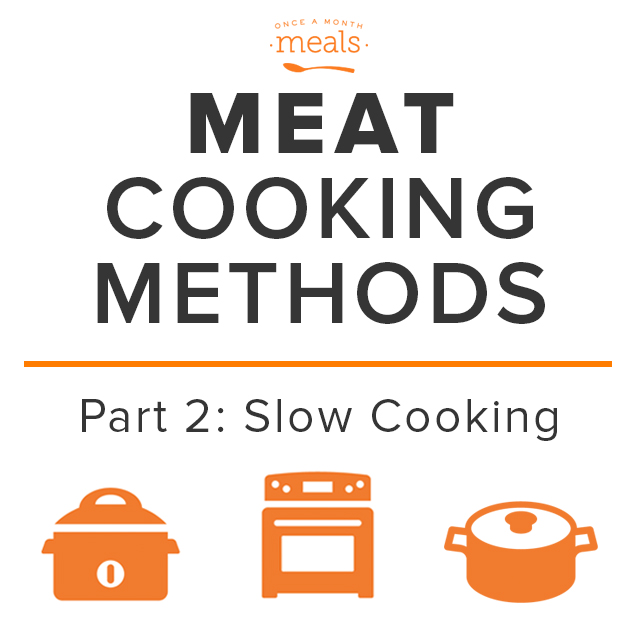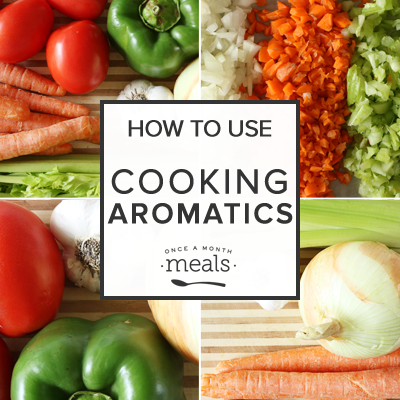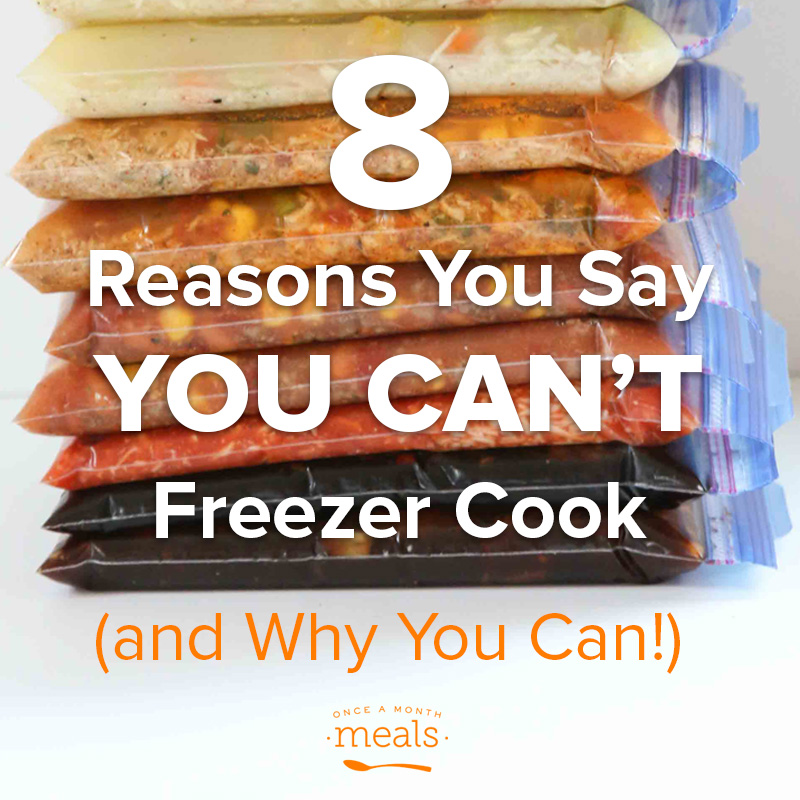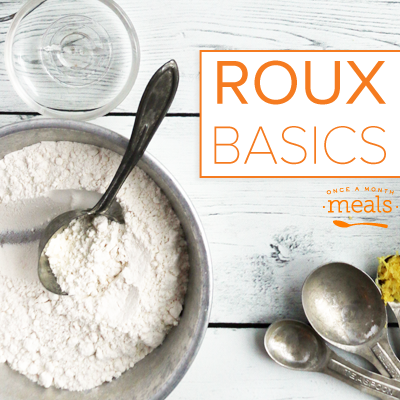
The single best step one can take to improve on their cooking skills is to learn how to make a roux. A roux (pronounced “roo” as in “kanga-ROO”) is simply a mixture of fats, usually butter, and flour that is used as a thickening agent. It has such an impact on overall cooking technique because of its wide application in a number of dishes in various cuisines. Today we will take a look at some ways to use a roux in your cooking and then walk you through the steps.
How to Use a Roux
Three out of the five “Mother Sauces” begin with a roux. These sauces are so named because in classic French cooking they are the basic sauces from which all of the other sauces are made. For example, our Homemade Alfredo Sauce starts with one of the simplest sauces, the bechamel sauce, made up of butter, flour, and milk. To that we add some spices and cheese and it becomes a variation on the classic mornay sauce. Another popular variation on the bechamel is the cheddar sauce, from which you can make simple, creamy versions of macaroni and cheese.
The other two sauces are similar in construction. Again, you start with a roux, but instead of adding milk, you add broth. Another difference is the color of the roux. The longer you cook the roux (before adding the other ingredients) the darker it will get. As the color gets darker (from white, to blond, to caramel, to coffee) the flavor changes. I think this is where people start to worry that they will “mess up the roux” since you need to carefully stir and watch your roux to make sure that it doesn’t burn. But with some tips from the pros and a little practice, you will be just fine.
The veloute sauce starts with a blond roux and then you add a white stock such as chicken stock. This is the basis for my gravy when I make roast chicken, to the delight of my three Southern boys. Finally, the Espagnole or Brown Sauce starts with a light brown or caramel roux, and to this you add a brown stock such as beef. This sauce also contains sauteed vegetables and a little tomato sauce which deepens the flavor. You can make sauce even more flavorful by continuing to cook it until it has reduced by half, forming a demi-glace.
Click on the link above for the “Mother Sauces” to see a list of sauces that you can make from just these three recipes if you haven’t done so already. But sauces are not the only application for roux. It can be used in recipes such as:
- Soups and Casseroles – Homemade Cream of Mushroom Soup, Homemade Cream of Chicken Soup
- Chowders – Corn and Chicken Chowder (log-in required)
- Gumbo – Winter Vegetarian Gumbo
- And of course all manner of variations of sauces and gravies, such as our Homemade Alfredo Sauce
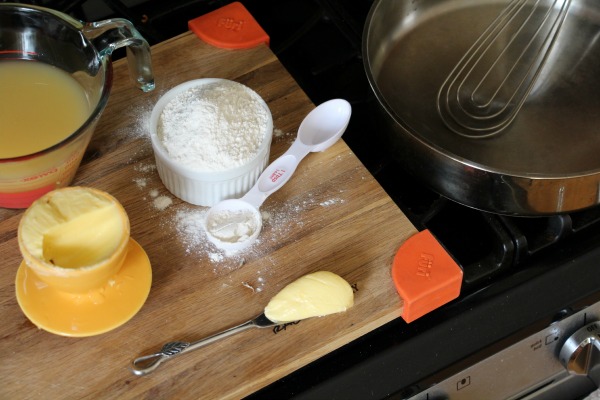
How to Make a Roux
These are the basic steps for making a roux to be used in thickening a sauce, gravy, or soup. Most recipes will include the steps for making the roux in the instructions (our recipes definitely will), but at least this way you can practice and experiment with your favorite recipes and you will recognize the steps when you see them in a recipe.
1. Heat a sauce pan over medium heat.
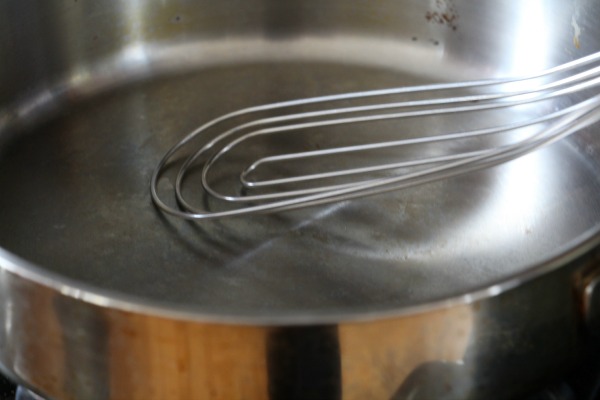
2. Add butter and cook until melted and bubbling, but do not let it burn. You can also use other cooking fats such as vegetable oils or meat drippings. For example, if I end up with a lot of rendered fat when I roast my chicken, I will use some of this as the fat content in my roux when making my gravy along with the butter. However, the flour can start to separate from an oil based roux, so butter or at least part butter is preferred.
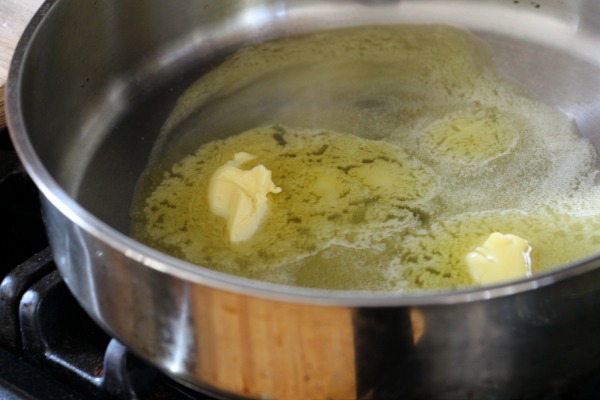
3. Add flour and whisk until thoroughly combine with the butter (or other fats). Typically equal parts butter/fat and flour are used. Using my gravy as an example again, I usually melt 1/4 cup (half a stick) of butter, and then whisk in 1/4 cup of flour. To this I add about 2-2.5 cups of liquid to reach my desired thickness. Some recipes will vary the ratio a bit – not to worry – you can simply follow the instructions if you are working from a recipe. But equal parts is a good place to start when experimenting. A ratio of 1/4 cup fat : 1/4 cup flour : 2 cups liquid generally works for my purposes.

4. Cook roux stirring constantly until you have reached the desired color. For a white roux, cook stirring constantly for one to two minutes until the mixture is bubbly, and then add additional ingredients to complete your recipe. If you need a roux of a darker color, continue cooking using this guide to determine when you have reached the right color. Be careful to continue stirring almost constantly. Make sure your heat doesn’t get to high and scorch the roux. As you get closer and closer to the dark brown or coffee colored roux, it is easy to go quite quickly to burned roux (which means starting over which takes at least another 30 minutes!) So keep an eye on it, using these pictures as a guide, and make sure to stop before it burns. (A dark colored roux is often used in traditional gumbo recipes to give it the signature color and flavor. Get some practice and try it out!)
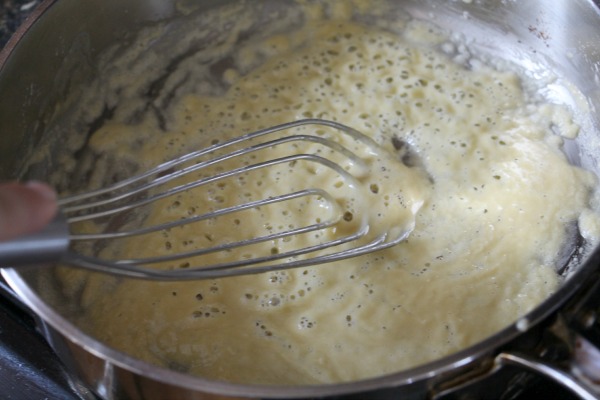
A white roux is suitable for most purposes in cooking.
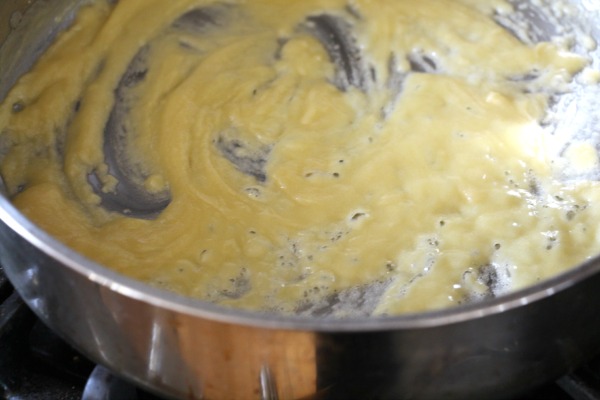
Blond Roux (yellow)
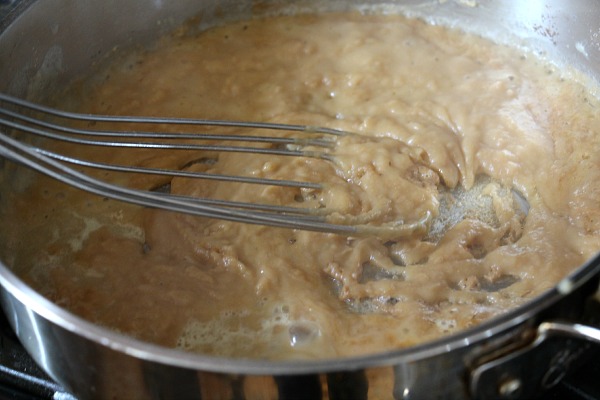
Caramel Roux (light brown)

Coffee Roux (dark brown)
5. Add liquids and additional ingredients to complete your finished sauce or dish. When it is time to add the liquid, you will get the best results by adding warm or hot liquids instead of those cold from the refrigerator. Gradually pour in the liquid while you continue whisking. Keep whisking until the ingredients are all incorporated and the mixture is smooth and has reached the desired thickness. You do not want to boil your sauces or soups, so watch your temperature.
That’s it! You’re on your way to becoming a master saucier!
See the other posts in our Cooking School Series
